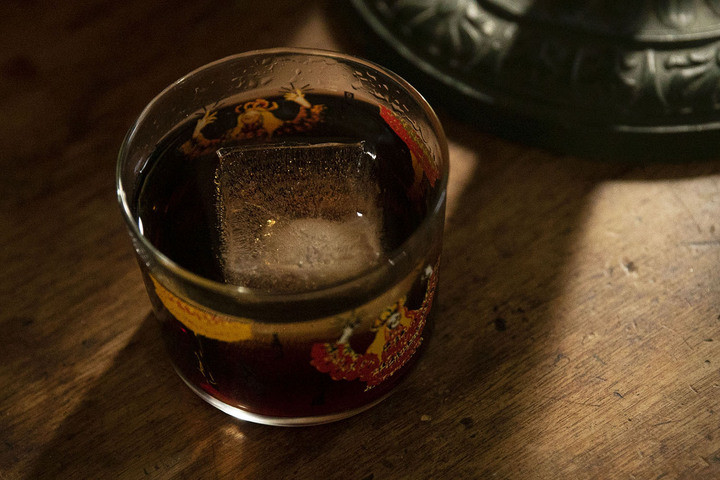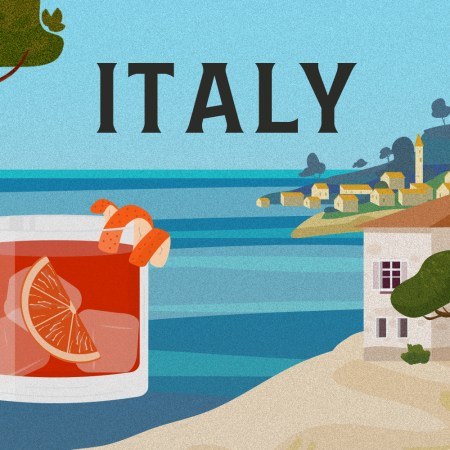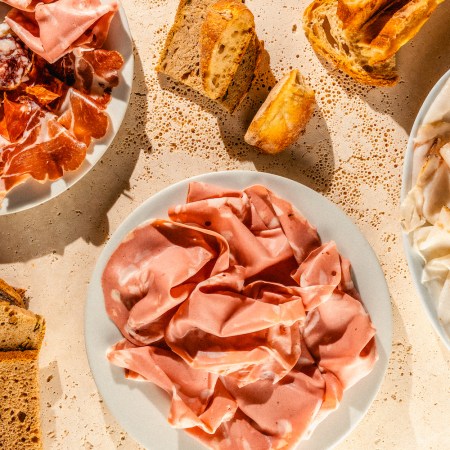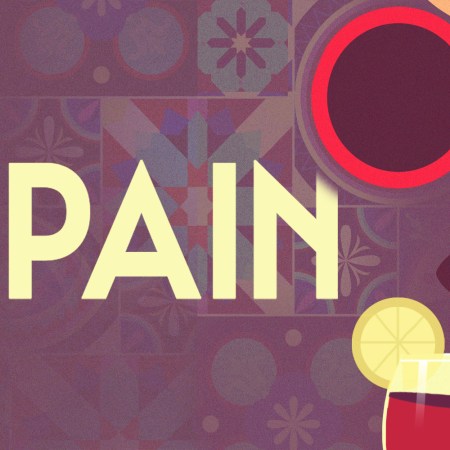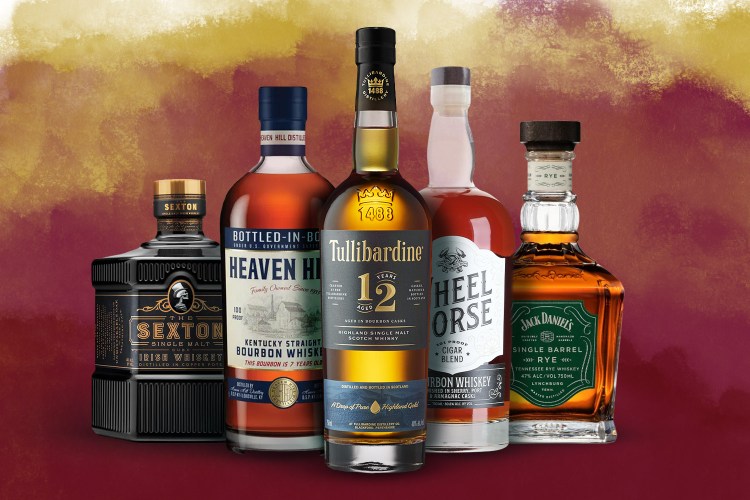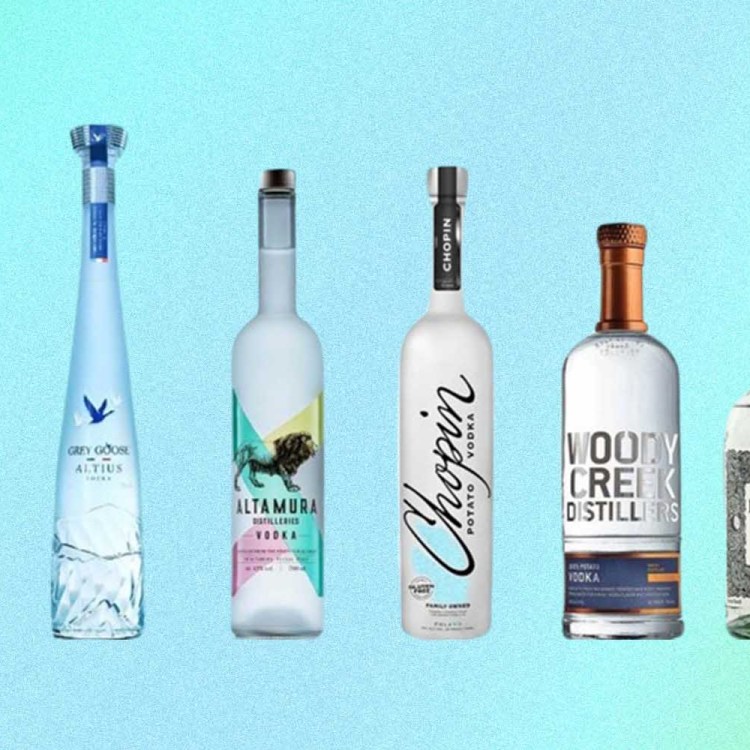Back in the days before social distancing, my nights out typically ended in a dive bar with a final round of Tecate or a farewell tequila shot. But cheap beers and well spirits lose much of their romance when they’re consumed at home alone rather than in the company of friends.
But this is not an argument for teetotaling. Rather, it’s an encouragement to use our solitary moment to get re-acquainted with a nearly lost art: the nightcap. At a time when we’re imbibing to wind down rather than turn up, an ultimate dram that soothes the stomach and quiets the mind is just the prescription we need — so long as we can first define what it is.
“It’s more about the timing and the context than the drink itself,” says Kara Newman, author of Nightcap: More than 40 Cocktails to Close Out Any Evening. “There’s no single drink style that’s considered a ‘nightcap,’ but it’s generally agreed that it’s a drink that caps off your evening in some way.”
Sother Teague, author of I’m Just Here for the Drinks and owner of the amaro-focused East Village bar Amor y Amargo, offers a similarly broad definition. “The nightcap is a transitional tipple that’s meant to take you from relaxation and move you more toward rest. A simple snifter of cognac is a nightcap, a jalapeño Margarita isn’t.”
Many might associate the term itself with Ebenezer Scrooge’s headgear. According to Newman, that link isn’t coincidental.
“The tradition of the nightcap predates the word ‘nightcap.’ Most likely the tradition of a bedtime drink has been around as long as alcohol has been available. And the origin of the word ‘nightcap’ as a hat worn to keep the head warm at night was also documented long before ‘nightcap’ as a drink, but we can safely assume that in the early 1800s, it was used to refer to drinks.”
Through her research, Newman has discovered early definitions — and recommendations.
“The earliest usage I found in print was 1835, in an English book called Oxford Night Caps … but the earliest definition I found dates to 1848, in The Dictionary of Americanisms by John Russell Bartlett: ‘A glass of hot toddy or gin-sling taken before bed at night. When a second glass is taken, it is called ‘a string to tie it with.’”
So, what sort of drink should you be making for your nightcap (and string to tie it with)?
“I think there’s room for any style of drink in the category,” says Teague. “By this I mean stirred, boozy and bitter, shaken and frothy, sweet and creamy. But if I’m looking toward the bed, I’ll likely not be interested in shaking up a drink as it’ll reinvigorate my senses. The nightcap is trying to dull them.”
In Newman’s assessment, nightcaps are made with a purpose in mind.
“That might mean concluding a meal, which might mean an amaro to aid with digestion or with a sweet, dessert-y drink in lieu of dessert. It might mean a drink that’s intended to cap off your evening and help to unwind before going to sleep – which depending on how you unwind, could mean something warm like a toddy, or something strong and spirit-forward, or something low-alcohol or even no alcohol.”
Ultimately, the nightcap — like the beer you pop open on a sweltering day, the cocktail you mix at five o’clock, or the hair-of-the-dog remedy you swear by — is a personal preference. And like any personal preference that’s adopted and repeated over time, it becomes something else: a ritual.
“A good nightcap is one that lets you relax. I like the ritual of it,” says Newman. “I feel the same way about an after-work cocktail ritual, but a nightcap moves the ritual to the very end of the day. It’s every bit as satisfying, just in a different way.”
The InsideHook Guide to Nightcaps
While we’ve established that the nightcap is a big tent, here are a few specific recommendations for sweet princes and princesses hoping to sleep well everywhere.
“The Black Manhattan: rye whiskey, Ramazzotti amaro, a couple of dashes of bitters. It just hits all the right notes for a slow sipper to end an evening: it’s boozy and just bittersweet enough to hold your interest,” says Newman.
“My go-to is what I call a ‘cheater nightcap,’” she continues. “Roughly equal parts whiskey (or another dark spirit) and amaro. I don’t get too precious about which spirit or amaro, I don’t measure it, I just eyeball it and pour it directly in the glass. I might add ice or not, and just give the glass a swirl to mix. I prefer a nightcap I don’t have to think too much about.”
“A Boulevardier is a great and easy-to-prepare nightcap,” says Teague. “Less herbal than its big sister the Negroni, and the richness of the whiskey seems more calming. Try it with your favorite Brandy in place of whiskey for even more soothing notes.”
“I’m partial to Cynar as a component to nightcaps. It’s got a pleasingly thick body,” he continues. “I’m also partial to scaffas. A scaffa is a mixed drink served at room temperature, sometimes containing water for dilution. I call this one CIA for “Cynar in apple brandy”: .75 ounce Cynar, .75 ounce Punt e Mes, 1.5 ounces apple brandy, .25 ounces water, 2 dashes orange bitters.”
(Author’s note: if you’re holed up in Manhattan and low on supplies, you can also order a number of all spirit cocktails and amari from Amor y Amargo for pickup or delivery that would pull excellent nightcap duty.)
Join America's Fastest Growing Spirits Newsletter THE SPILL. Unlock all the reviews, recipes and revelry — and get 15% off award-winning La Tierra de Acre Mezcal.
